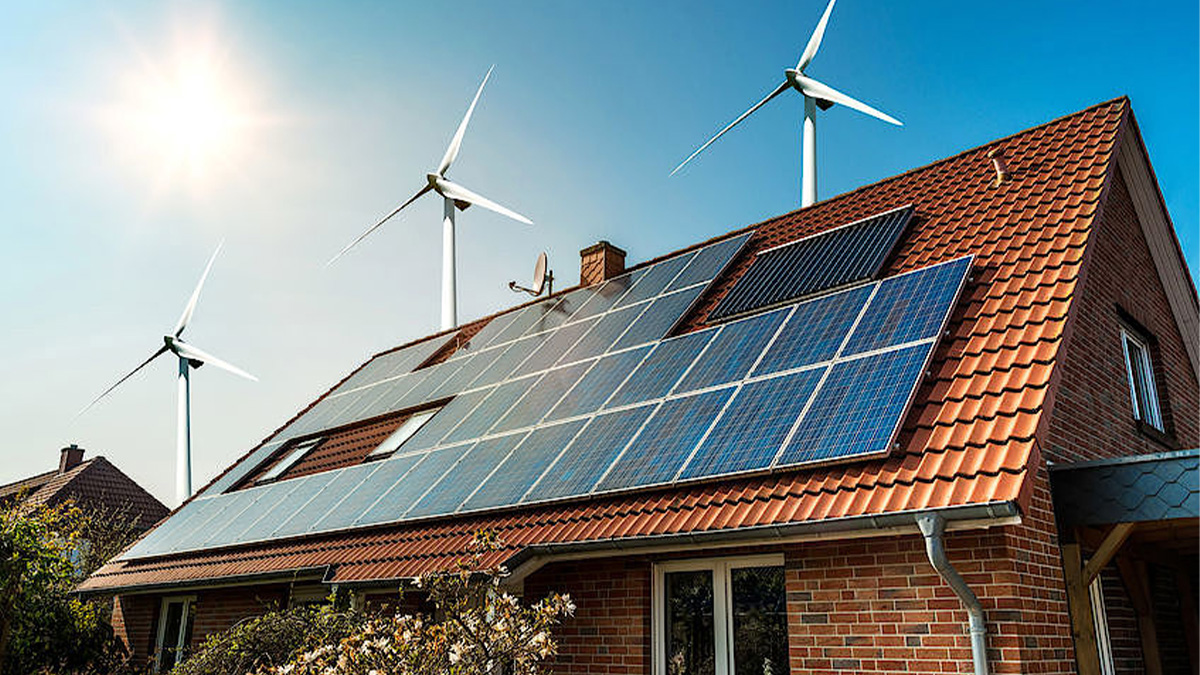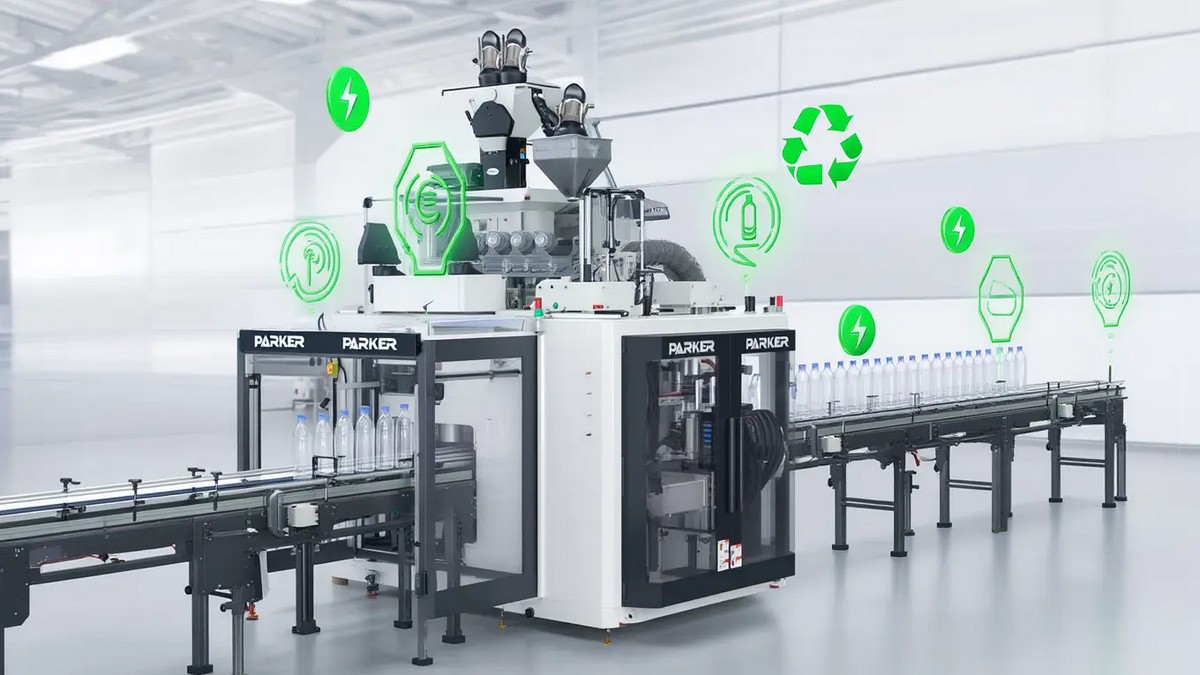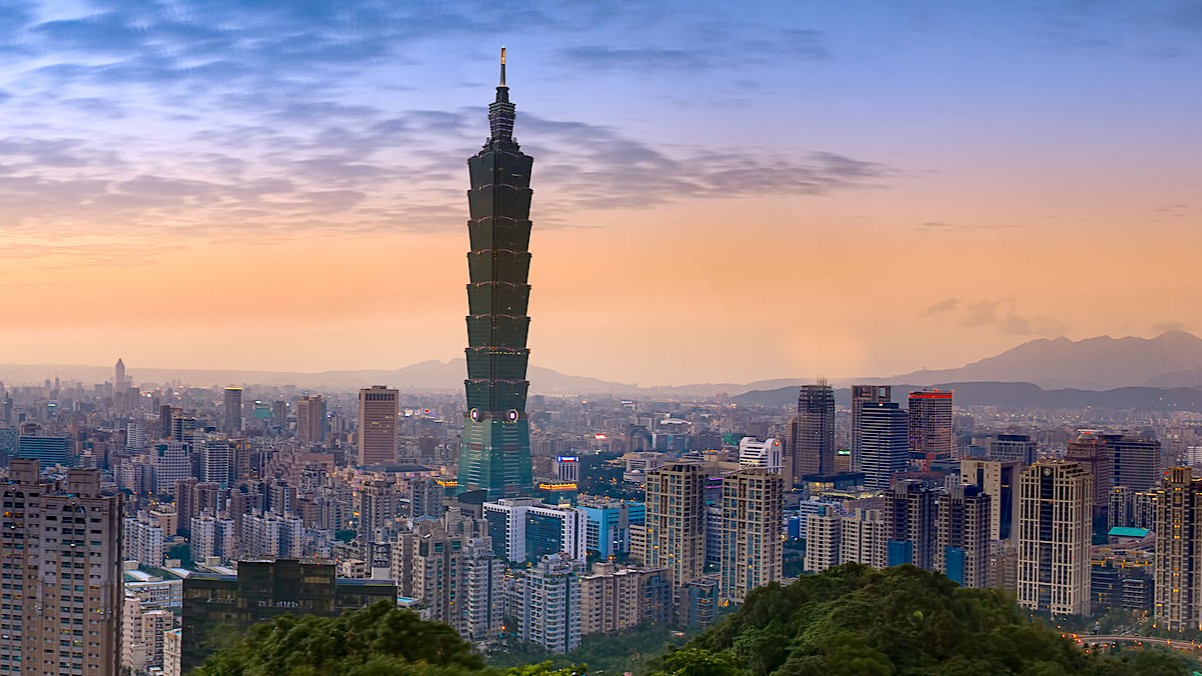With the rise of global awareness of environmental protection, the development of new energy sources to replace the old power generation methods has become one of the important development goals of governments in various countries. One of the least polluting methods of generating electricity is with solar energy.
Taiwan's solar energy industry chain:
-
Taiwan mainstream: Silicon wafer solar panels
Solar panels can be roughly divided into thin-film solar panels and silicon wafer solar panels. Taiwan's solar industry is still dominated by silicon wafer solar panels, accounting for nearly 90% of the market. Thin-film solar panels are beautiful, bendable, and can generate electricity in low-light environments. Although the conversion efficiency of cells is lower than that of silicon wafers and the current market share is only 10%, some experts are still optimistic about its future development if the cost is reduced.
-
Industrial chain model: Vertical division of labor
Taiwan's solar energy industry chain presents a vertical division of labor between the upper, middle, and lower reaches, with each division being closely integrated. There are significant features that vary within the upstream and downstream levels of the solar energy industry:
- Upstream: Production of Silicon wafers and polysilicon materials (refining and processing raw materials into silicon wafers) accounts for more than 70% of global output value.
- Midstream: Construction of solar photovoltaic modules and solar cells. The midstream includes solar cell manufacturing and solar module manufacturing. China as the global leader silicon solar cells manufacturing, accounting for more than 70% of world production. Taiwan ranks second, accounting for 10% of world production. Japan, South Korea, and Malaysia provide most of the remaining production. The midstream of the solar energy industry is Taiwan's most competitive sector, and most domestic manufacturing is in the midstream of the solar energy industry.
- Downstream: Power generation system equipment, installation, and solar power plants. Midstream module manufacturers complete the installation of solar modules, and downstream industries will install the modules into solar power generation systems at a suitable locations. At present, in various countries, the downstream sector of the solar energy industry still relies heavily on solar power purchase agreements (SPPAs). Government Feed-in tariffs (FIT) have provided payment for electricity fed into the power grid from private owners of solar power systems. The current development of the downstream solar energy industry is greatly affected by policy factors.
Global solar industry trends:
Status of the global solar industry:
In recent years, the world has attached great importance to environmental protection issues, and governments and enterprises of various countries have also vigorously promoted green energy. RE100 vigorously promotes enterprises to use green electricity.
- Germany: After the Chernobyl nuclear disaster in 1986, Germany made plans to become a non-nuclear country by 2022 and committed to the development of renewable energy. Germany has the highest density of solar installations in the world, with nearly 50GW of solar installations at the end of 2019.
- Iceland: The only country in the world that uses 100% renewable energy to generate electricity, because of its rich geothermal and hydropower resources. If it expands its production capacity, it may also become an energy exporter.
- America: The United States is rich in natural resources (such as coal, oil, natural gas, etc.), so Trump focused on the development of the petrochemical industry and withdrew from the Paris Agreement in 2017. However, many states in the United States still have their own green energy programs, and many companies have voluntarily participated in RE100 or purchased green power. Green energy issue is still widespread in the United States.
- Japan: After the 2011 Fukushima nuclear disaster occurred in Japan, Japan pursued a policy of denuclearization. In 2018, Japan switched to "safer and more stable nuclear energy" rather than directly abandoning nuclear energy. Although Japan still relies heavily on natural gas and coal, it is committed to increasing the proportion of energy produced from renewable energy, and has set a goal of reaching an energy structure of 18% production from renewable energy by 2030.
- China: In 2019, China's newly installed photovoltaic power generation capacity was 30.11 million kilowatts, and cumulative installed capacity has increased to 204.3 million kilowatts. In September 2020, China pledged at the United Nations General Assembly that the country would achieve carbon neutrality by 2060. Stocks in China's renewable energy industry skyrocketed, as the Chinese government committed to promoting green energy. China’s solar energy industry is in a strong position to increase production to meet the growing demand.
The solar industry faces challenges:
- Chinese manufacturers put into production:
In recent years, China has vigorously developed the upstream and midstream industries of solar energy. Since the technical requirements of solar energy are lower than those of the semiconductor industry, it is a capital-intensive industry, and the price has an impact on competition. Therefore, China's large-scale entry into the market has caused a significant impact. Taking the midstream solar cell market as an example, Chinese manufacturers account for 60% of the global market's production capacity, and due to government subsidies and large output, prices are also low, and competition is often cut at prices, causing many manufacturers to lose the competition.
- Europe and the United States have established trade barriers in the solar energy industry:
European and American countries have a high demand for solar energy, and green energy development and technology are advanced, but the disadvantage is that the cost is high. After the rise of China's solar energy industry in 2008, many solar energy industry companies in European countries, such as Germany and Italy, were suppressed by China and eventually withdrew from the market. Europe began to adopt protectionism against the EU solar energy industry in 2009, and the United States began anti-dumping against China in 2011, imposing high tariffs on China, and Taiwan solar energy manufacturers were affected.
- Changes in the subsidy policy of the global solar industry:
The solar energy industry relies on government policies. With different governments in power, if the green energy policy or solar energy policy is revised, the increase or decrease of its subsidies will have an impact on the development of solar energy in various countries. Taiwan is promoting green electricity subscriptions and renewable energy certificates (T-RECs), and wholesale purchase rates are decreasing year by year.
- Silicon wafer manufacturers sign long-term contracts for high-priced raw materials:
In 2006, Taiwan's solar energy industry was booming, so many companies signed long-term contracts for high-priced silicon wafers to ensure a stable source of raw materials. However, after 2008, due to the oversupply in the silicon wafer market, the price of silicon wafers fell, and the manufacturers who signed high-priced contracts were still in the contract period, so the cost burden increased. After 2008, the solar energy industry began trading on spot quotations.
Taiwan's solar energy industry development advantages:
- High solar power generation efficiency:
Taiwan's production of solar cell technology is internationally recognized, and the cell conversion efficiency is high, so it has an advantageous position in midstream solar cell output.
- Tariffs are lower than China:
China's solar products are subject to high taxes due to trade barriers between Europe and the United States. Taiwan's tax rates have also increased, however, because Taiwanese manufacturers are subject to lower taxes than China, some manufacturers benefit from transferring orders from China to Taiwan.
- RE100 makes enterprises pay attention to green electricity: the demand is optimistic:
In 2017, Google purchased green electricity in Taiwan, and in 2020, TSMC purchased green electricity. TSMS has promised to transition to 100% green electricity, becoming the first semiconductor company in the world to join RE100. Due to the promotion of RE100, supply chains of multinational companies are under pressure to adopt green energy, and these companies have increased the demand for green electricity. The development of green electricity should see progress in Taiwan, where the foundry industry is prosperous.
- Government subsidies:
As government actively develops around solar energy, in addition to subsidies for wholesale purchases of power, there will be subsidies for self-generated electricity from solar photovoltaics as well. Although government subsidies are often a major force in promoting solar energy around the world, governments will gradually withdraw subsidies for solar energy and hand the green electricity market over to the free trade market. In 2020, Taiwan embarked on the road to a free trading market for green electricity.
Taiwan's solar energy industry faces challenges: Lack of land, transfer of industrial chain
- Lack of land:
Types of solar energy: Rooftop solar and ground-based solar. Taiwan has developed a relatively good, roof-based solar energy generation system, however ground-based solar energy production has faced problems, especially with land integration. It is not easy to obtain land for solar energy generation, and although the government promotes the symbiosis of fisheries and electricity, the lack of willingness of fishermen to adopt solar electricity generation has caused many disputes. Also, not all of Taiwan is suitable for the development of solar energy. In many areas in the north, the lack of sunlight and other climate problems reduce efficiency. Taiwan is densely populated and land available for installing solar energy equipment is limited, causing major obstacles to the progress of the solar energy industry. How the government can improve this situation will affect the future development of solar energy in Taiwan.
- Industrial chain transfer:
The middle and upper sectors of the solar industry are facing difficulties due to competition and trade barriers in China. However, this means downstream manufacturers can purchase solar panels at lower prices, leading downstream manufacturers in the solar industry to be more eager to develop. The integration of upstream and downstream manufacturing is a trend in Taiwan's solar energy industry. Some midstream manufacturers are trying to develop upstream sectors to ensure the supply of materials, while others develop downstream, setting up their own solar energy system businesses.
Prospects of Taiwan's solar energy industry:
With the revision of the Taiwan’s electricity law in May 2020, Taiwan increased its emphasis on green electricity. In Taiwan's domestic market, five solar power plants transferred 90.4MW of green electricity to customers, opening the green electricity trading market. As for foreign trade, the government has set up a promotion office to help Taiwan's manufacturers integrate upstream and downstream sectors of Taiwan's solar energy industry, increasing their international competitiveness.
Technical differences in the international solar energy industry market are getting smaller and smaller, and the market is now greatly influenced by prices and policies. Therefore, it is important to pay attention to the policy changes and economic developments of the solar energy industry in various countries.








.jpg)
.jpg)
.jpg)


.jpg)
